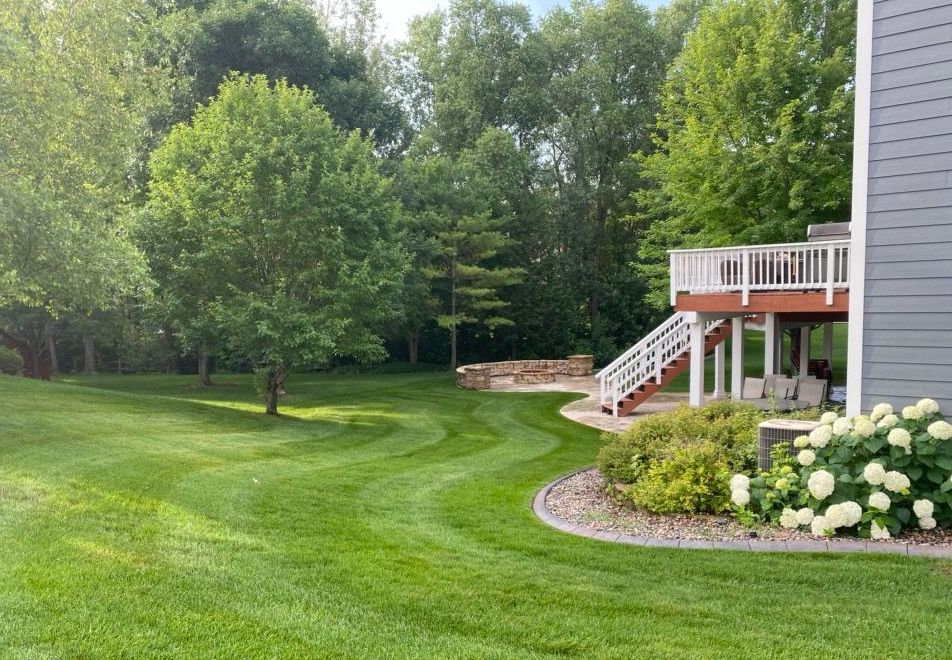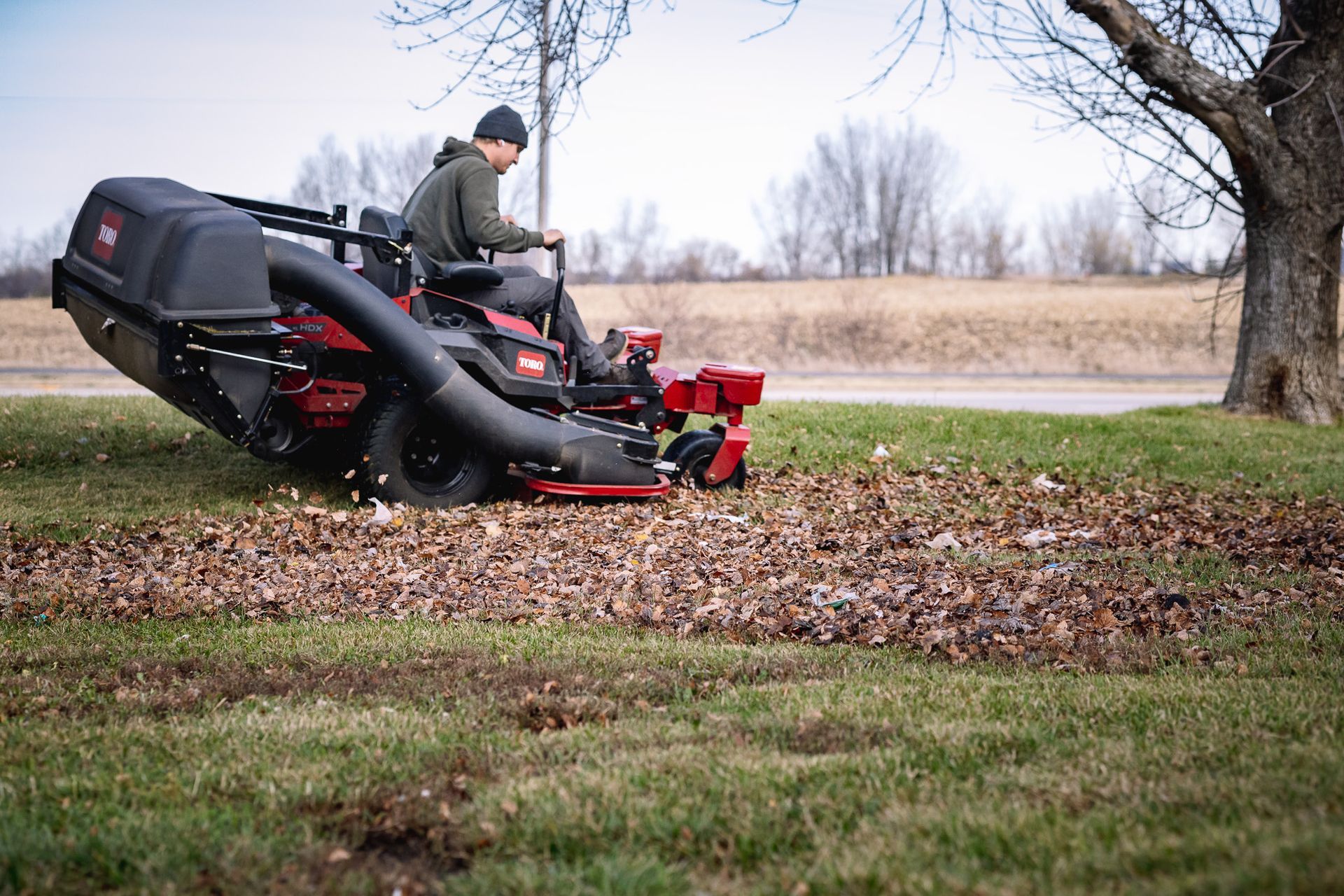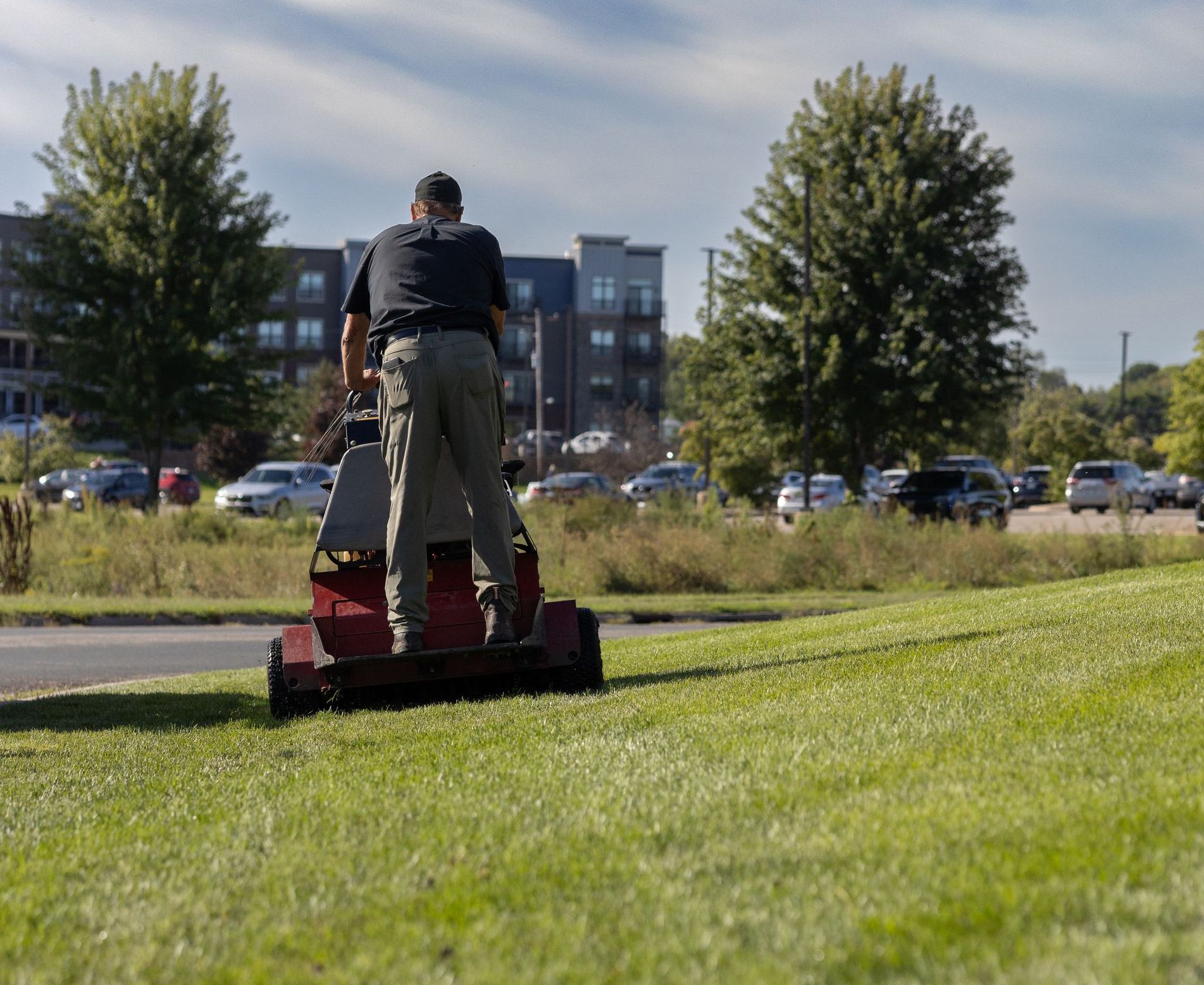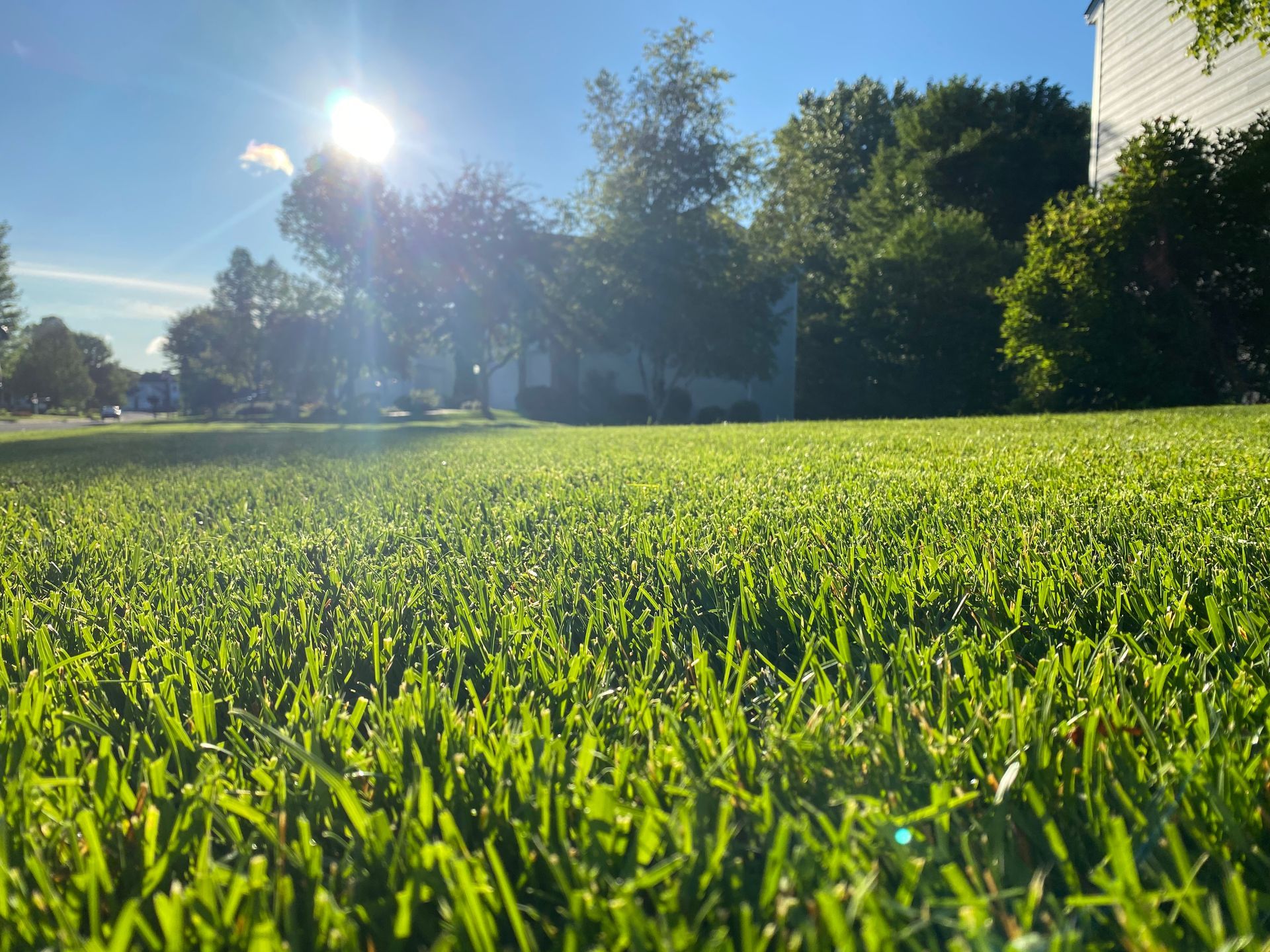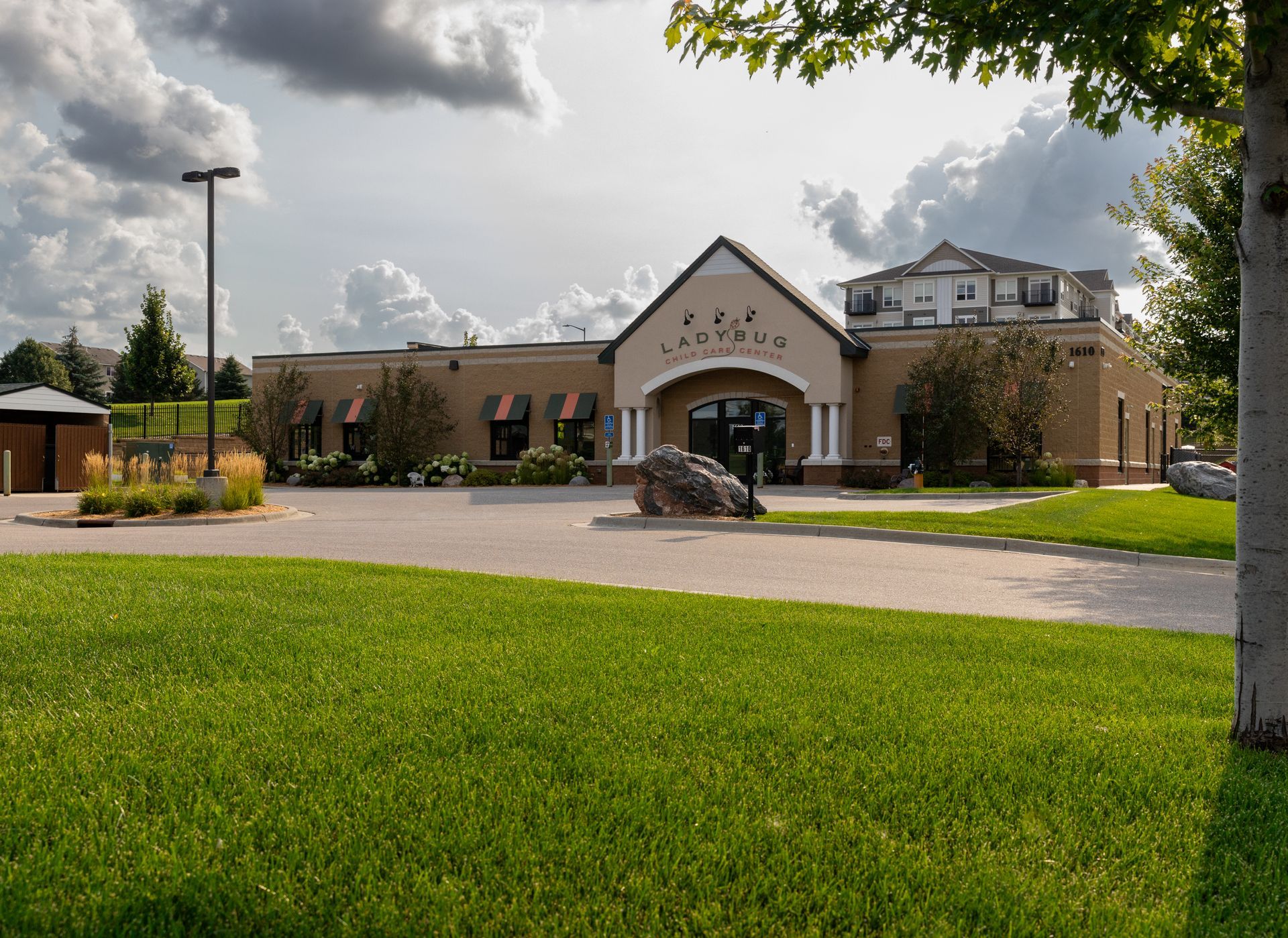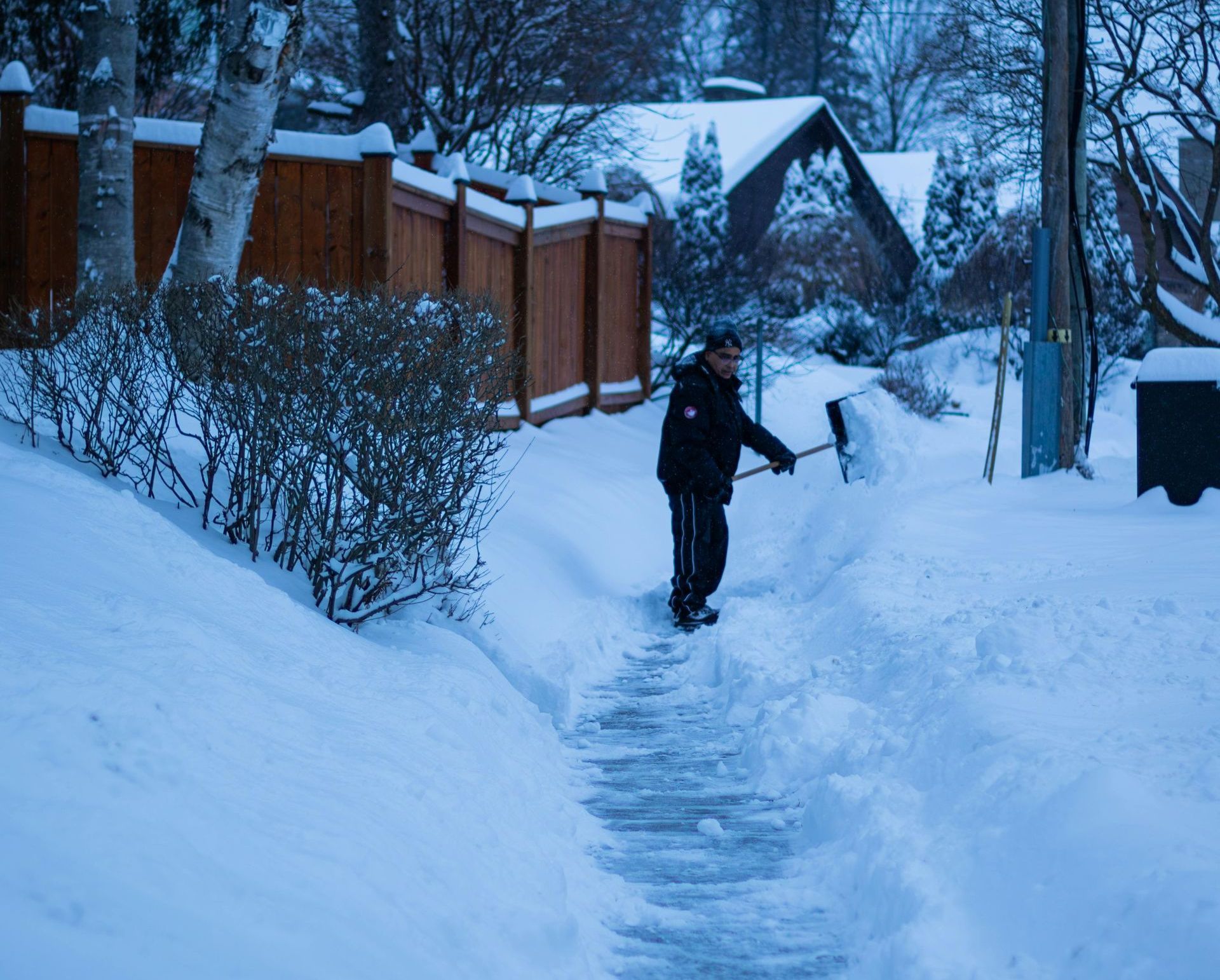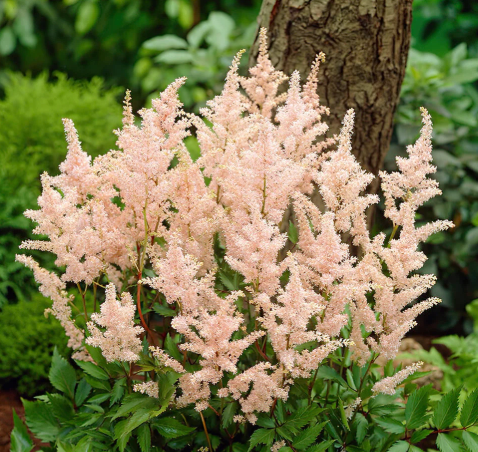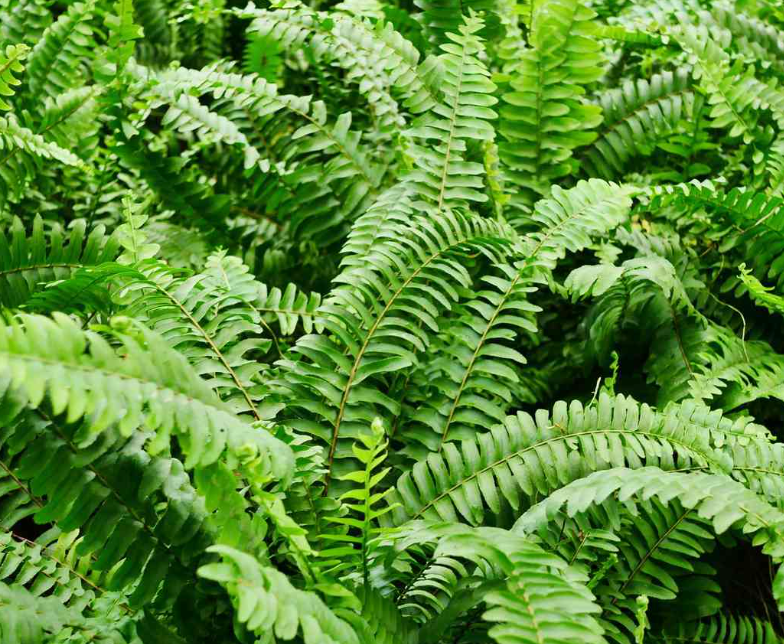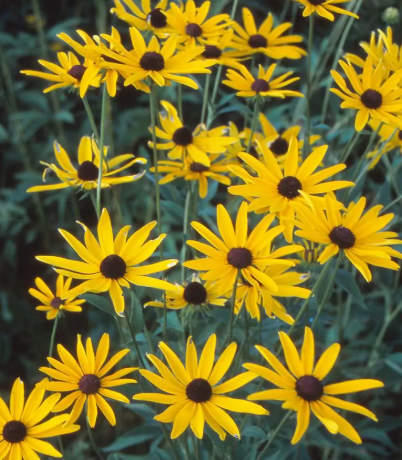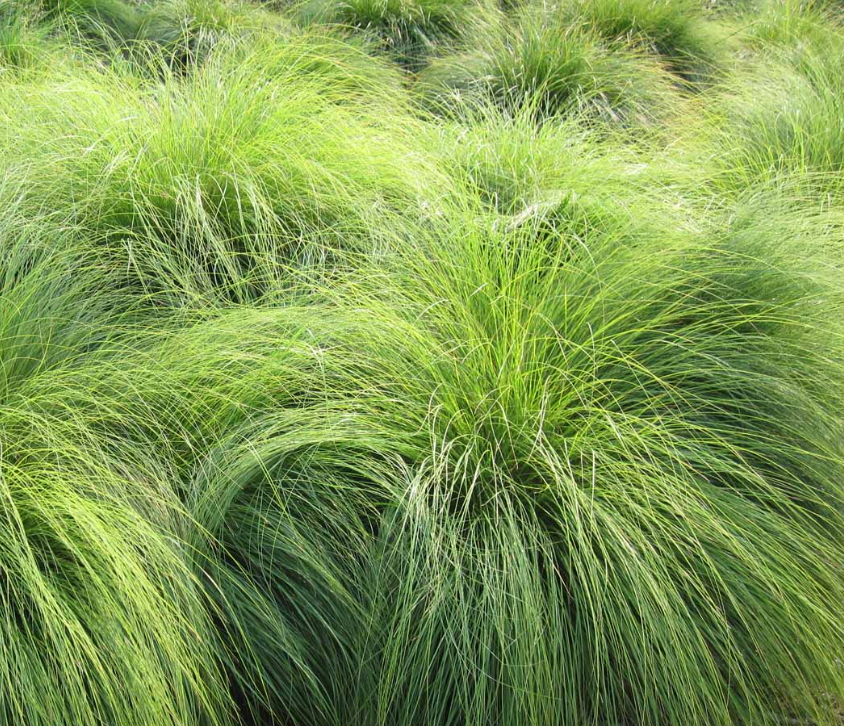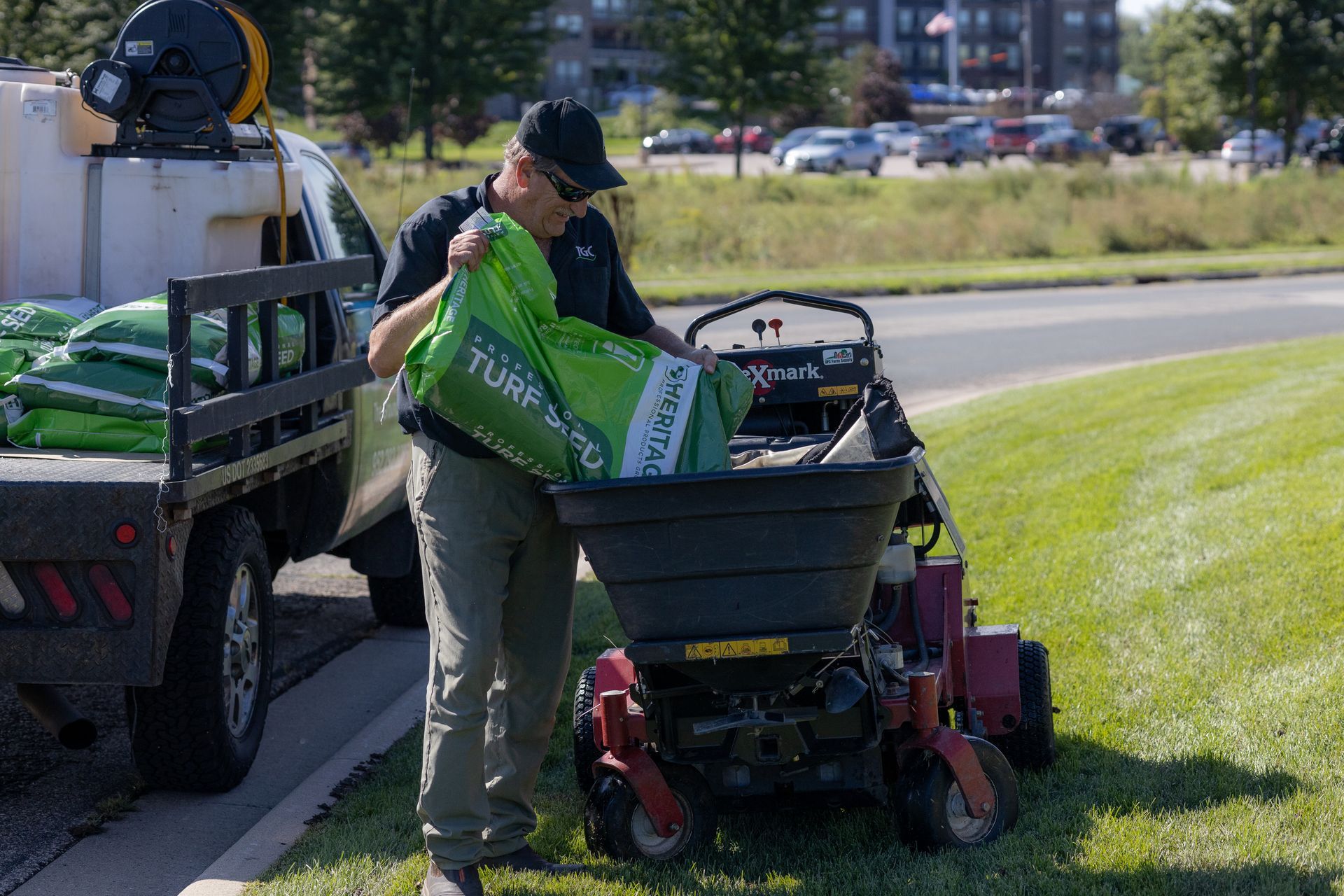How to Pick Plants and Fillers That Thrive in Minnesota Landscapes
Minnesota homeowners know that a beautiful yard does more than boost curb appeal. It’s a reflection of our state’s unique seasons and a source of year-round enjoyment. But how do you choose the right plants and fillers for a Minnesota lawn or garden?When you factor in the local climate, light conditions, and soil types, it can seem daunting. But with some targeted advice, you can create inviting, resilient green spaces.
This guide shares what you need to grow a flourishing Minnesota landscape. You’ll learn how our climate shapes plant choices, get our expert picks for shade, part-sun, and full-sun plants (with care tips), and discover ideal fillers for local garden beds.
Plus, we’ll reveal why so many Minnesota homeowners trust The Grounds Crew for transforming ordinary yards into exceptional outdoor spaces.
Understanding Minnesota’s Climate and Landscaping Challenges
Minnesota is well-known for its swings in temperature and varied precipitation. Plants here must survive frigid winters, late spring frosts, sticky summers, and the occasional drought. The U.S. Department of Agriculture classifies most of the state as Zone 3a to 4b, meaning plant hardiness is essential.
What does this mean for your choices? You need plants that:
- Can withstand deep freezes and snow coverage.
- Thrive during short, intense growing seasons.
- Endure both wet spring soils and dry late-summer spells.
- Handle varying levels of sun and shade, depending on your property.
That’s why local expertise matters. The right selection blends beauty with resilience, saving you time, money, and frustration.
The Essential Guide to Sun Exposure
Before you dig or shop, assess your landscape’s light conditions. Here’s a quick breakdown:
- Shade: Less than 2 hours of direct sunlight daily.
- Part Sun: 2–6 hours of direct sun, typically morning or late afternoon.
- Full Sun: 6+ hours of direct sunlight in an open area.
Plants and fillers thrive or struggle based on these categories, so knowing your garden’s microclimate guides better decisions.
Top Shade-Loving Plants for Minnesota Yards
Got mature trees or a north-facing property? Your options are far from limited. The right shade plants create lush, layered textures.
- Hosta (Hosta spp.) Hostas are the gold standard for shade gardens across Minnesota. Known for their bold leaves in shades of green, blue, and gold, they handle snow and thrive in moist, well-drained soils. Care tips: Water deeply during dry spells. Mulch to retain moisture and suppress weeds. Divide overcrowded clumps in the spring or fall.
- Astilbe (Astilbe spp.) With feathery, plume-like flowers in shades of pink, red, or white, astilbes brighten dark corners from late spring to early summer. Care tips: Plant in rich, organic soil. Keep evenly moist; astilbe is not drought-tolerant.
- Northern Maidenhair Fern (Adiantum pedatum) This native fern brings delicate beauty and a woodland vibe. It thrives in cool, moist, shaded areas. Care tips: Ensure consistent moisture and good drainage. Trim dead fronds in spring.
- Bleeding Heart (Dicentra spectabilis) A spring favorite, bleeding heart offers arching stems of heart-shaped flowers. This perennial prefers dappled shade and rich loam. Care tips: Water regularly. Allow foliage to die back naturally for winter dormancy.
- Wild Ginger (Asarum canadense) A superb native groundcover, wild ginger forms a dense mat and tolerates deep shade. It also attracts pollinators. Care tips: Establish in slightly acidic, humus-rich soil. Water when the top inch of soil dries out.
Reliable Part-Sun Plants for Versatile Beds
Many Minnesota landscapes have mixed sunlight from dappled trees or buildings. Here are resilient picks for those part-sun spaces:
- Coral Bells (Heuchera spp.) Grown for their colorful foliage in burgundy, lime, or caramel, coral bells add lasting interest and handle morning sun well. Care tips: Plant in well-drained soil. Avoid harsh afternoon sun, and water in dry periods.
- Japanese Forest Grass (Hakonechloa macra) This graceful grass offers golden-green foliage and gentle movement, perfect for path edges and borders. Care tips: Prefers moist, rich soil. Cut back old growth in spring to promote fresh blades.
- Jacob’s Ladder (Polemonium reptans) An early spring bloomer, Jacob’s Ladder features fern-like leaves and clusters of blue or violet blooms. Care tips: grows best in cool, moist locations. Deadhead for continuous flowering.
- Brunnera (Brunnera macrophylla) Forget-me-not-like blue blooms accompany heart-shaped leaves in this hardy perennial.
Care tips: Provide moist, organic soil and occasional feeding for best color.
Full-Sun Standouts for Minnesota Gardens
Open lawns and south-facing beds need plants built for intense sun. These varieties excel locally:
- Prairie Dropseed (Sporobolus heterolepis) This native ornamental grass delivers fine texture, a subtle fragrance, and graceful seed heads late in summer. Care tips: Needs well-drained soil and minimal watering once established.
- Black-eyed Susan (Rudbeckia fulgida) A classic summer flower, Black-eyed Susan is beloved for its golden petals and pollinator-friendly blooms. Care tips: Adaptable to most soils. Deadhead to extend bloom; cut back in fall after frost.
- Russian Sage (Perovskia atriplicifolia) A tall perennial with silvery foliage and lavender-blue spikes, Russian sage brings long-lasting color and resilience. Care tips: Plant in sandy, dry soil and full sun. Minimal fertilization needed.
- Purple Coneflower (Echinacea purpurea) Both ornamental and medicinal, coneflowers attract pollinators and endure summer heat. Care tips: Tolerate drought once established. Avoid dense shade or waterlogged soils.
- Little Bluestem (Schizachyrium scoparium) Prairie-hardy and low-maintenance, this native grass shifts from blue-green to stunning copper in the fall.
Care tips: Thrives in poor, well-drained soil and full sun. Cut back old stems in early spring.
Practical Fillers for Minnesota Gardens
Filler plants play a crucial role in suppressing weeds, retaining moisture, and tying garden designs together. Here’s what works best in our climate:
Creeping Thyme (Thymus serpyllum) Dense, fragrant groundcover that flowers through summer, great for between pavers or edges. Withstands some drought and foot traffic.
Sedum (Sedum spp.) Also known as stonecrop, this succulent thrives in hot, dry spots and poor soils. Flowers attract pollinators mid-to-late summer.
Lamb’s Ear (Stachys byzantina) Recognizable by soft, silvery foliage, lamb’s ear works as both an edging and a groundcover for kids’ play areas.
Ajuga (Ajuga reptans) A low-maintenance groundcover, ajuga offers glossy leaves and spring blue flowers. Useful for difficult patches under trees.
Mulched Beds Wood chips or shredded bark aren’t live fillers, but in Minnesota, they’re chosen for their ability to moderate temperature, suppress weeds, prevent erosion, and gradually enrich soil. The Grounds Crew recommends high-quality, locally sourced mulch for optimal results.
Why Choose The Grounds Crew for Your Minnesota Landscaping
Anyone can plant a flower or lay mulch, but thriving, four-season landscapes require genuine know-how. That’s why Minnesota homeowners trust The Grounds Crew. Our team pairs horticultural expertise with real-world experience, designing landscapes that stand up to local challenges.
Jody B. from Edina shares,
“Every summer, my Grounds Crew perennials look healthier and return stronger.
Their knowledge of what works in our unpredictable weather is second to none.”
Whether you need a formal front garden, relaxed pollinator beds,
or a total lawn overhaul, we deliver results tailored to your site and style.
Start Creating Your Perfect Minnesota Garden
A thriving Minnesota landscape is built from smart choices.
Consider your property’s light, pick resilient (and gorgeous) plants,
and use proven fillers for health and beauty.
Need help transforming your ideas into reality?
Contact The Grounds Crew for a consultation
and see how our expert team can elevate your property.
Season after season, we help Minnesotans grow better gardens.
